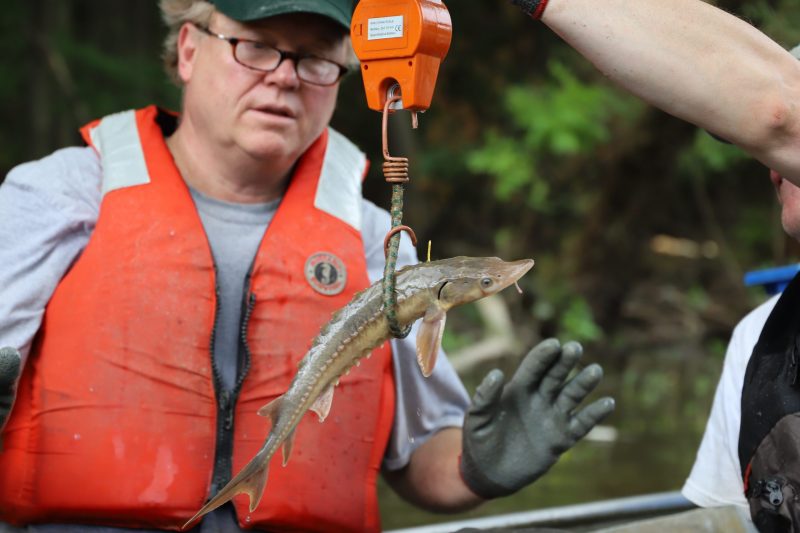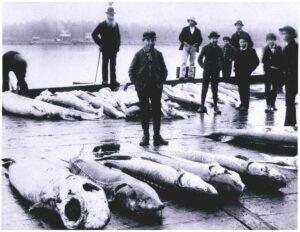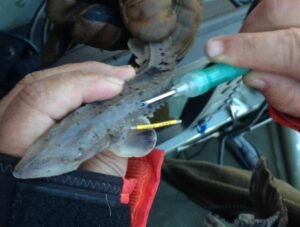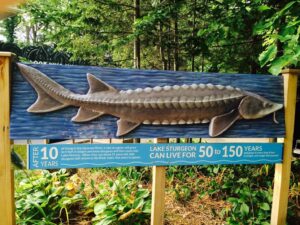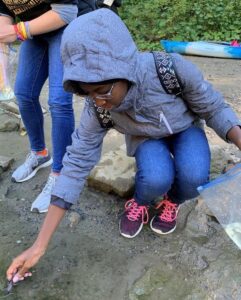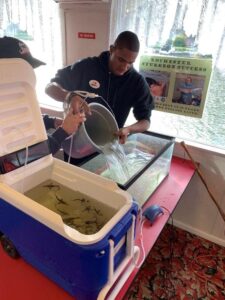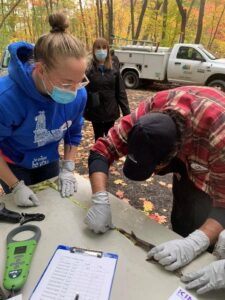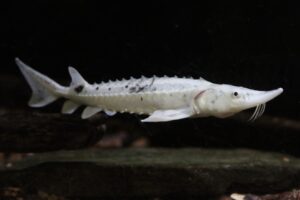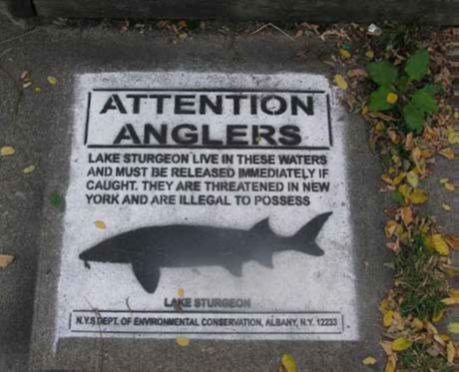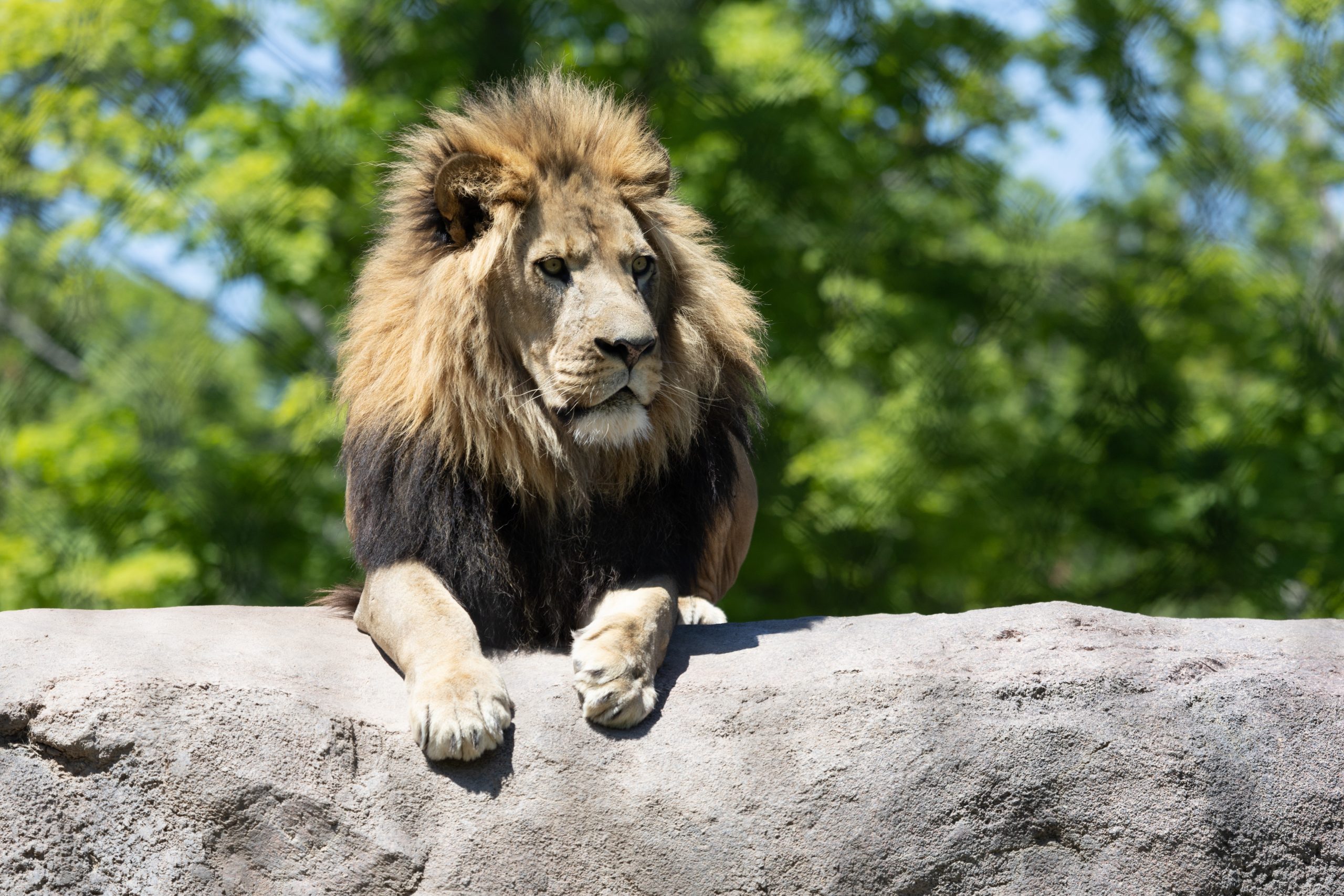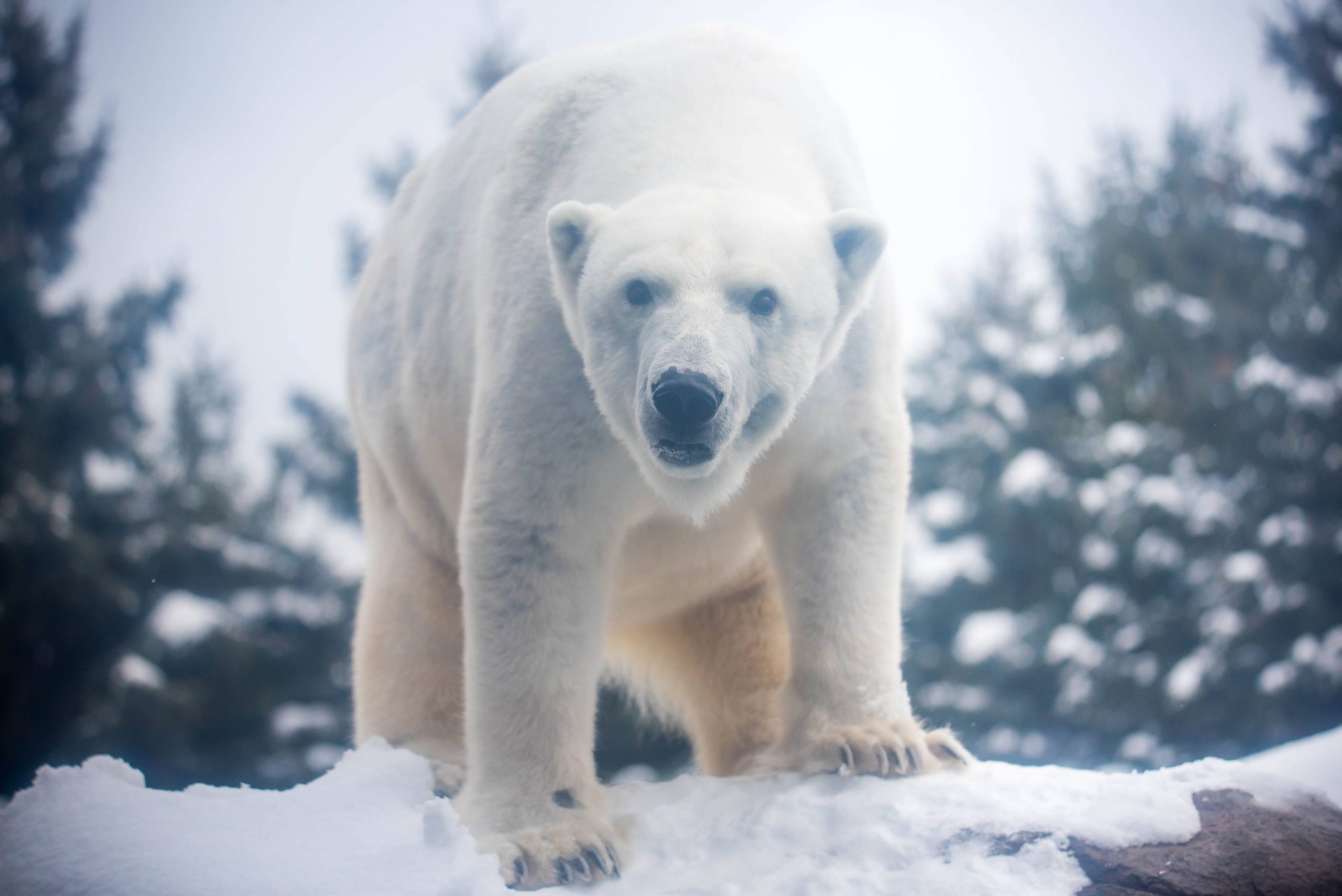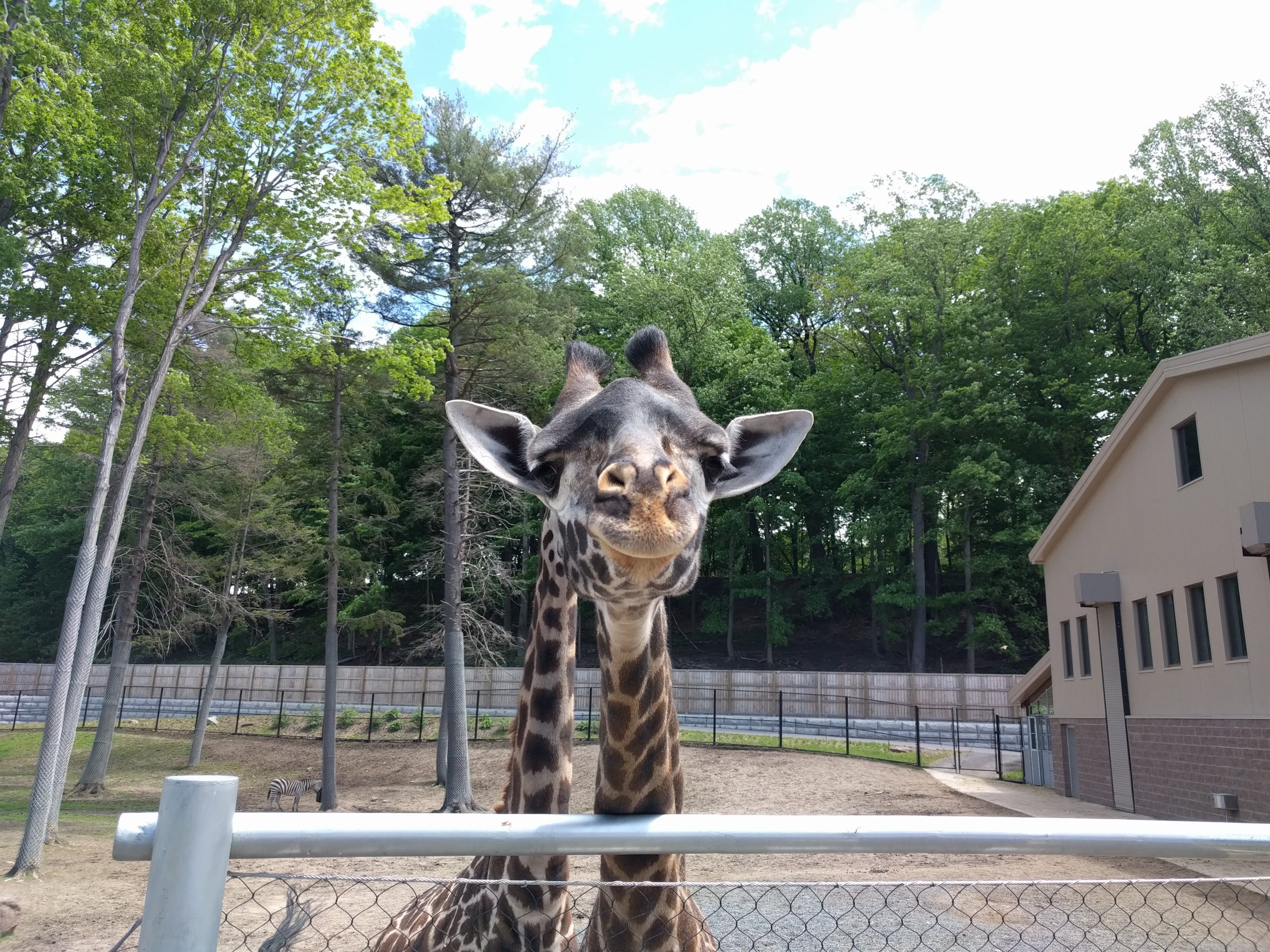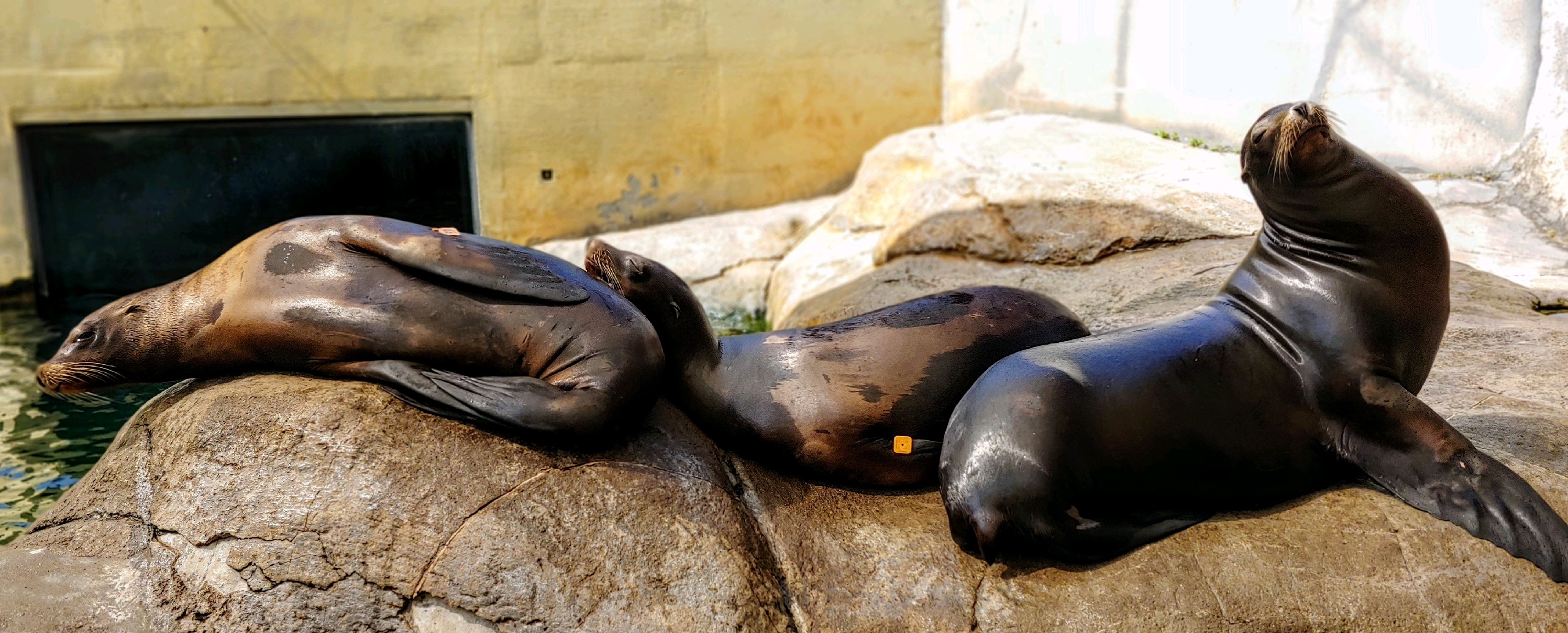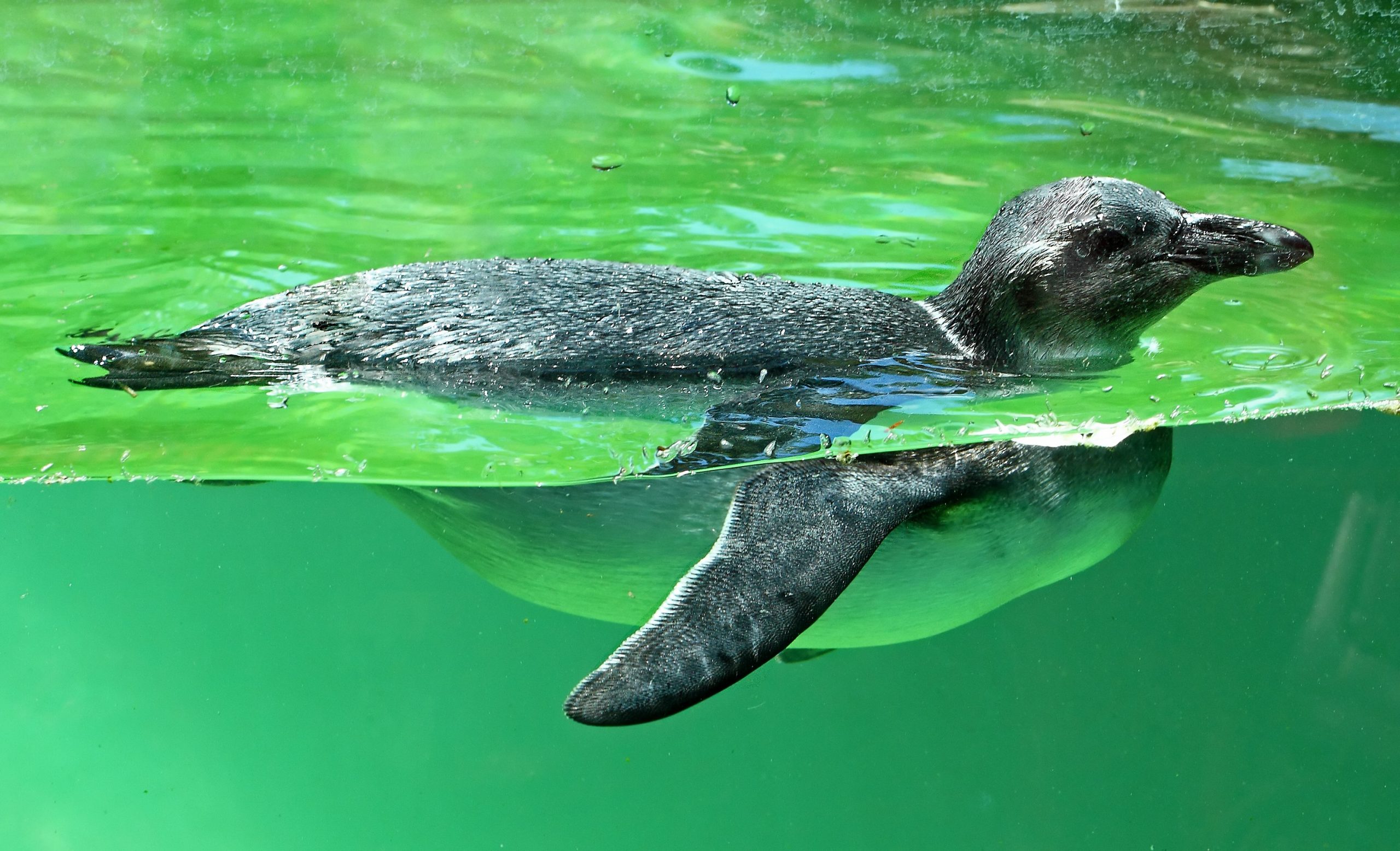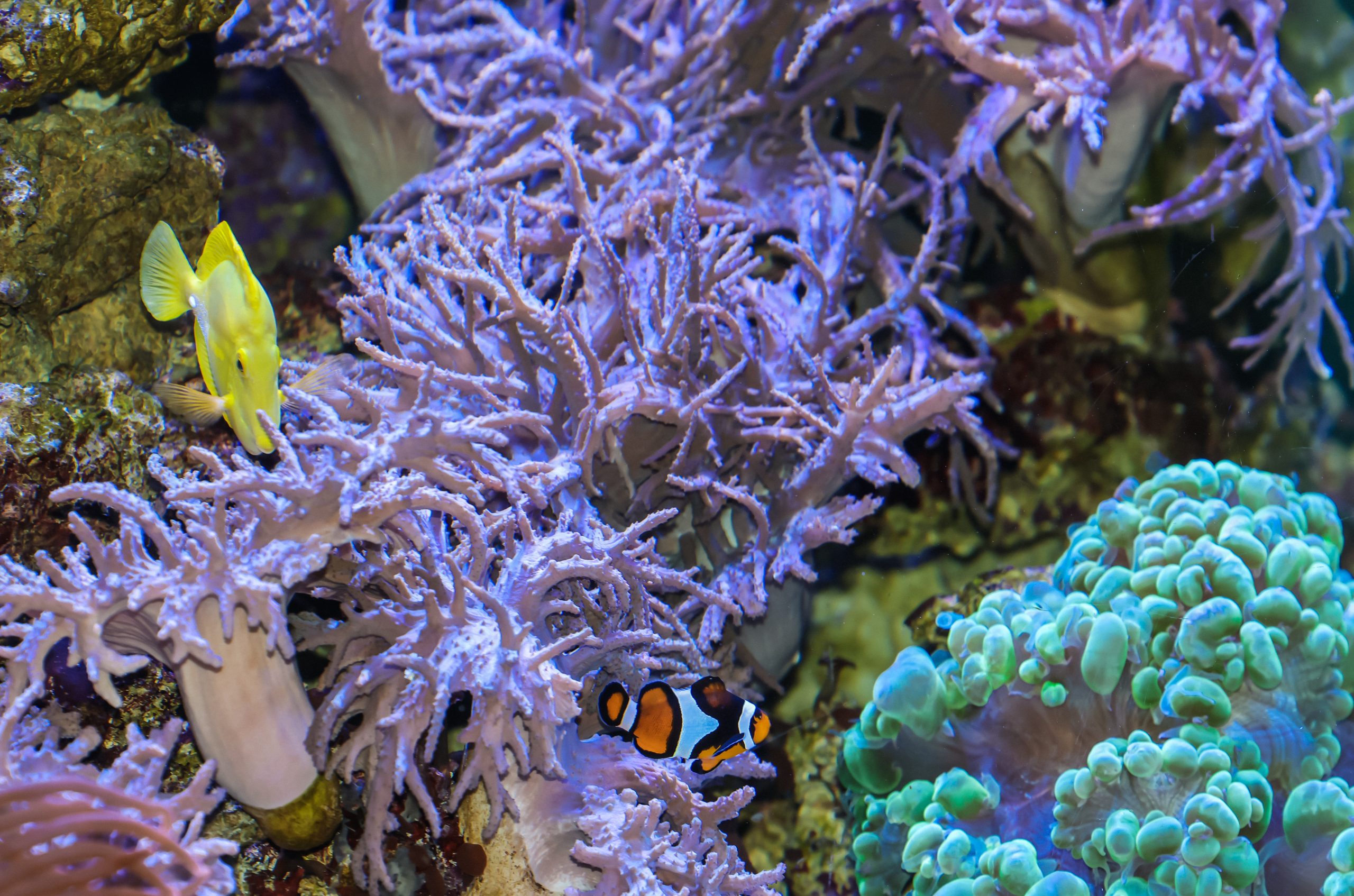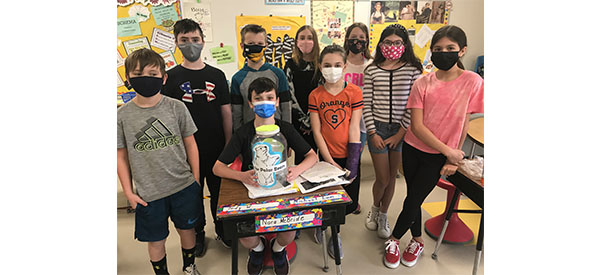August 23, 2021
What drew me to an internship at Seneca Park Zoo was the potential for many aspects of interest to collide within an academic setting. In my professional life, I am a museums geek primarily studying archives. In my personal life, I live a lifestyle in the pursuit of sustainable vegan environmentalism. The ability to incorporate essential aspects of identity in the same space as the work I am so passionate about has always been a goal in my museum studies. That being said, it had seemed unachievable until the opportunity from the Seneca Park Zoo presented itself in my line of internships.
The Seneca Park Zoo is one of the institutions at the forefront of conservation efforts in upstate New York. Accredited by the Association of Zoos and Aquariums, the Zoo practices large scale conservation not only at the Zoo itself, but into the community as well. Their history in Rochester runs deep into the city’s roots, and never has their conservation message been more necessary. The chance to be up close in the process of such an active source of local conservation was exciting and, of course, daunting.My primary focus in my internships this far into my career has varied from archives to digital communication and many things in between. My professional journey going into my senior year has been primarily research focused, with little chance to work with museum patrons. The chance to work in visitor studies alongside Kelly Ulrich this summer expanded my understanding of the network necessary to accomplish the experience that institutions like zoos and museums provide every day. Not only that, but they make it look easy.
Kelly Ulrich was an absolute powerhouse of a mentor to follow these past few months. She heads the Education Department and oversees visitor studies, as the Director of Education, and coordinates other details at the Zoo that I hadn’t even thought of. Who would have thought so much analysis and understanding goes into maintaining the Zoo’s welcoming and educational environment, for children and adults alike. My primary assignment was sorting guest surveys and coding them to better understand what our Zoo is doing right and how we can expand our practices to make the Zoo better for everyone who enters its gates. No comment went unnoticed. Every opinion genuinely fuels the Seneca Park Zoo to push for better. I also researched conservation outreach and survey methods in order to create a survey aimed at gauging the relationship between conservation and connection with animals.The Education Department of the Seneca Park Zoo created the most amazing atmosphere for me to work in. Constantly encouraging me to be curious, go deeper into research, and also pursue paths of further understanding whenever possible. Going into this internship, I honestly had no idea what to expect, coming from an archival background. Two months later, I feel a deeper understanding and appreciation for all the energy and heart that goes on behind the scenes of educational institutions. From reading guest comments, I realized zoos have so much opportunity to impact people from just one visit. Stories of animal connections, positive staff interactions, and even just a clean, safe environment in such an unsettling time cropped up countless times in the visitor studies research. In a way, the guest experience comments really solidified my passion for my profession in the world of museums. Not only this but being submerged in a space dedicated to the education of environmental welfare edified my spirit for environmental advocacy.
I am incredibly appreciative for all the experience and connection I gained from this position and cannot be more thankful for the drive it has given me as I continue to work in the world of museology and conservation in both my professional and personal endeavors.
– Anna Kneeland (Zoo Intern, Nazareth ’22)
* Banner photo by Kenneth Tryon


